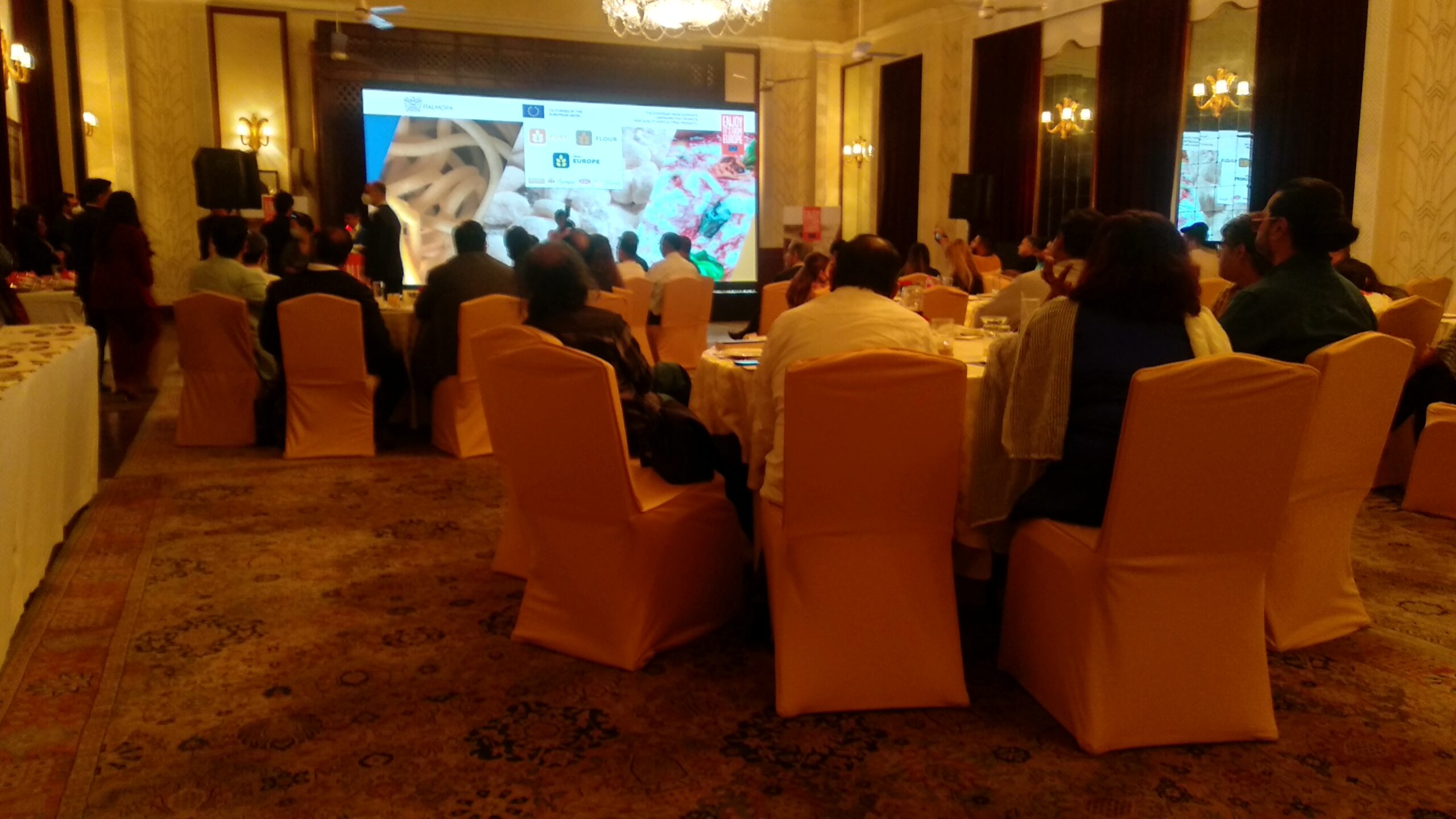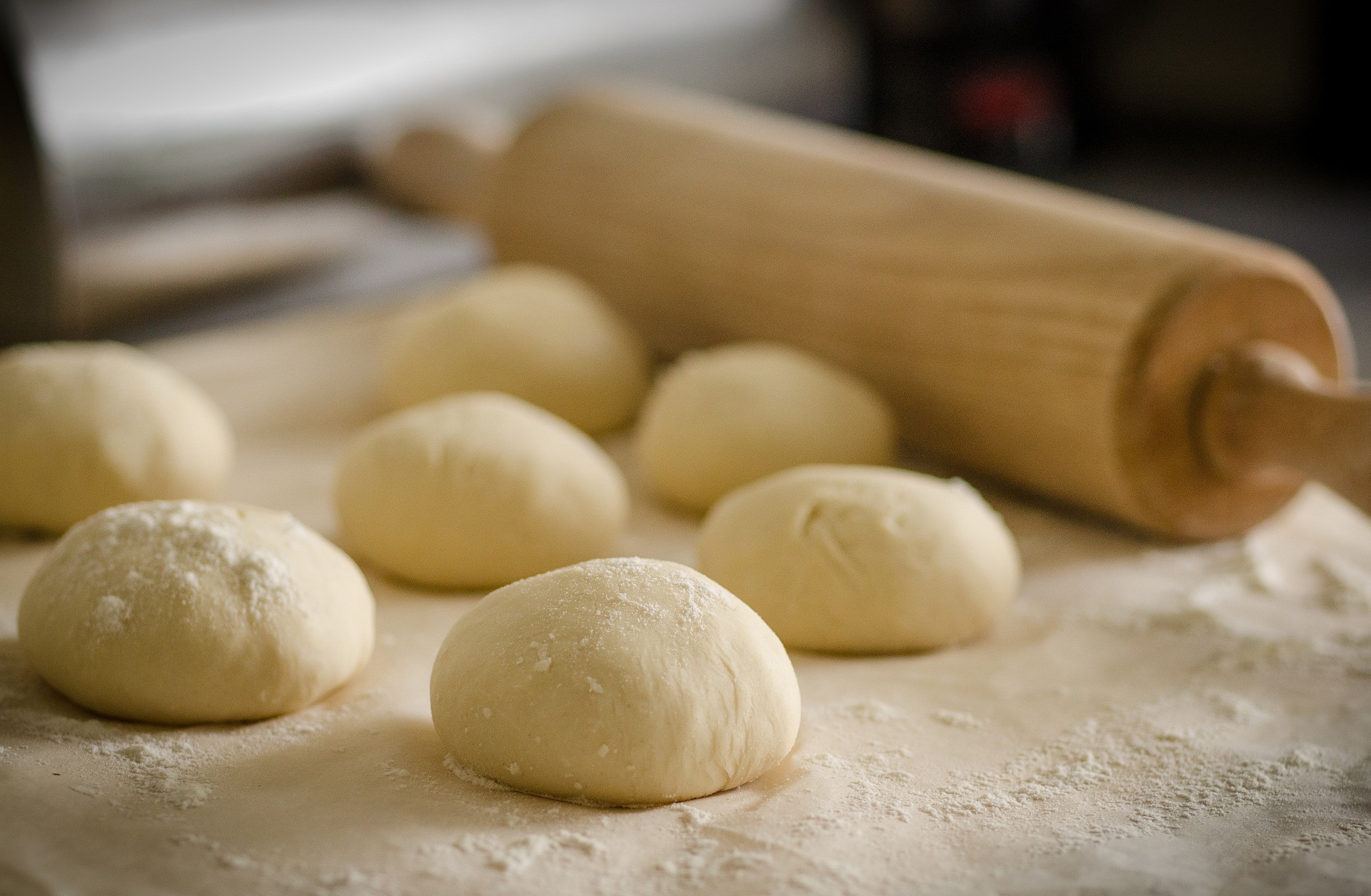
European flour millers eye India’s young population and higher disposable income to sell their bakery products and pizza
New Delhi: Move over chapati! It’s pizza time with European flour entering the Indian market!
The Italian Association of Millers, ITALMOPA, which represents 82 flour milling companies across Italy and is the most important industrial flour association in the European Union, is eyeing India’s young population and higher disposable income to sell their bakery products and pizza.

ITALMOPA recently launched “a strategic initiative” to promote exports of soft wheat flour into India called ‘Pure Flour from Europe’. Co-funded by the European Commission, the campaign it said, aims to “raise awareness of the versatility, high-quality, unadulterated and safe flour”.
Detailing on India-specific plans, two of Italy’s finest producers of quality flours, Antimo Caputo from Molino Caputo and Riccardo Agugiaro from Le 5 Stagioni, explained: “We foresee immense growth opportunities in India for soft wheat flour from Italy thanks to higher disposable incomes coupled with a burgeoning young population whose growing preference toward European bakery products like pizza, different types of bread, cakes, etc. is enthusiastic.”

An ITALMOPA release informed it launched its official programme on April 26, 2022, at AAHAR (The International Food & Hospitality Fair in New Delhi) and hosted “some amazing tasting sessions”. It said that the campaign ‘Pure Flour from Europe’, a programme to promote Europe’s high-quality flours via information and awareness-raising activities, educational workshops on history and recipes, will last three years.
So what makes European flour so special?
Before dwelling on the topic, let there be no doubt that wheat, like corn, barley and rye, consists of many species and as a cereal, is a staple food worldwide. It makes up the genus Triticum, which includes different species such as Soft wheat used to produce flour grown mainly in warm and temperate regions, and Durum wheat grown in drier areas and mainly used to produce wheat semolina and then pasta in Europe.
The milling process of the grain, which has remained broadly unchanged over the centuries, allows the production of different compositions of flours and semolina which have different names and different nutritional properties. During the milling process, depending on the degree of the removal of the outermost parts of the wheat grain, flours of different compositions can be obtained that differ in starch content and fibre. The nutritional values of different flours reflect the varieties of wheat they come from.
The technology used for milling influence their energy content and the content of nutrients.The content of vitamins, mineral salts and dietary fibre changes according to different types of flour. The quantity of potassium in wholemeal flour is considered excellent but the quantity of calcium and iron is not very high in absolute terms and their bioavailability is lower than in foods of animal origin. However, that is still important for a healthy and balanced diet. Flour is very low in fat with excellent nutritional quality.
To ensure a balanced diet, 55-60% of daily calories should come from carbohydrates, of which only 10% as simple sugars and the rest in the form of complex carbohydrates such as starches. Flours and flour-based foods are rich in complex carbohydrates which are absorbed slowly, unlike sugars, and do not induce a glycemic spike after a meal.
Now coming to Europe, Europeans are said to be very particular about the quality of their flours for the breads, pizzas, pastries, cakes and biscuit products. Compared to other industrial sectors, the European milling sector boasts:
- low use of natural resources
- use of biomass for sustainable energy production
- reduction of emissions
- productive use of by-products so there are zero product losses
Besides, the stringent European standards are supposed to ensure the highest food quality and safety, ITALMOPA claimed.
– global bihari bureau






Dear Deepak , Really nice coverage of Aahar and Italmopa.